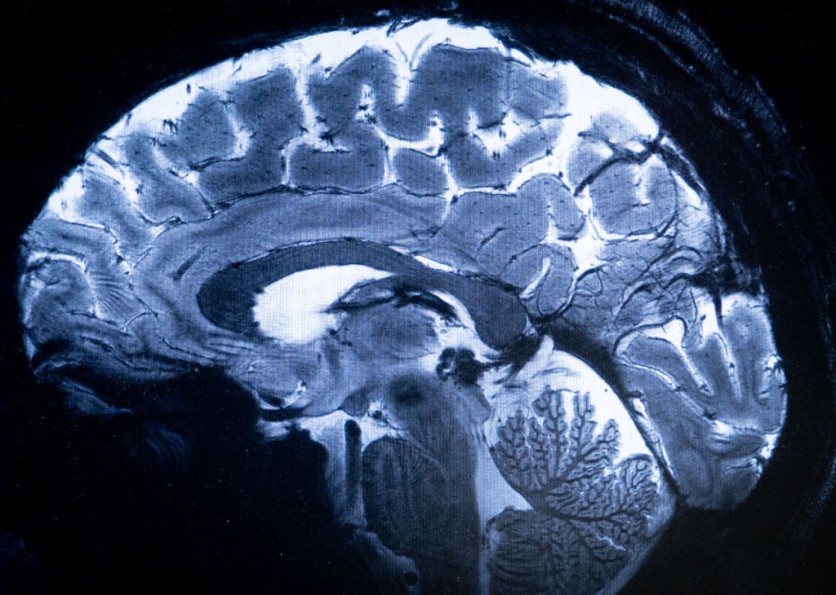The "Picostim Neurostimulator" is reportedly the first-ever brain implant designed to help prevent and control seizures within patients, as proven by its first patient, teen Oran Knowlson, who received the implant last October 2023.
To treat Lennox-Gastaut syndrome, a rare kind of epilepsy that is treatment-resistant, Knowlson had surgery at Great Ormond Street Hospital (GOSH) in London to implant the Picostim neurostimulator into his brain.
As a participant in GOSH's trial program, Knowlson was given the neurostimulator. Since obtaining the device, which was created by Amber Therapeutics, Oran has had an 80% reduction in his frequent seizures.

His convulsions used to be so bad that he needed round-the-clock care and occasionally lost consciousness and needed resuscitation. The Picostim was mounted to Knowlson's skull by Tisdall's surgical team, who then inserted two electrodes into his brain, deep into the thalamus. The neurostimulator, which prevents or lessens seizures by sending a steady, mild electrical current to his brain, was then linked to the electrodes.
Oran's mother, Justine Knowlson, attested to this when discussing how the implant enhanced her son's quality of life. She adds that her son has now become talkative and engaged as his seizures have lessened in terms of frequency and severity.
Epilepsy and Seizures
More than 3.4 million people in the US and 65 million people worldwide reportedly have epilepsy. Seizures are a consequence of this nervous system illness. According to statistics provided by the researchers, one in 26 persons will likely get epilepsy at some point in their lives, and sadly, one in 1000 people with epilepsy passes away each year from unrelated causes.
Brain Implants on Other Conditions
Many medical disorders are still being treated using brain implants, which benefit patients in many ways. A stroke survivor's brain activity was only recently translated into sentences, either in Spanish or English, using an AI-powered bilingual brain implant.
A screen exhibited the man's brain activity converted into sentences in both languages, courtesy of the years-long labor of almost a dozen specialists at the University of California, San Francisco's Center for Neural Engineering and Prostheses.
The person going by the name Pancho experienced a terrible stroke in the early 2000s, leaving him badly disabled at the age of twenty. Pancho may grunt and groan, but his speech is unintelligible. Although he spoke Spanish at first, as an adult, he learned English.
Using a neural network, an artificial intelligence approach, researchers trained Pancho's implant to recognize words based on the brain activity produced when he attempted to pronounce them. Brain implants, scientifically known as brain-computer interface technology, can process data like the human brain with AI training.
Because of technological advancements made by 2021, Pancho could communicate again, if only in English. Still, thanks to the decoding mechanism created based on the study from 2021, Pancho's brain implant eventually became bilingual in both Spanish and English.
Related Article : Precision's Brain Chip Sets Record with 4,096 Electrodes on Brain, Better Than Neuralink?

ⓒ 2026 TECHTIMES.com All rights reserved. Do not reproduce without permission.




